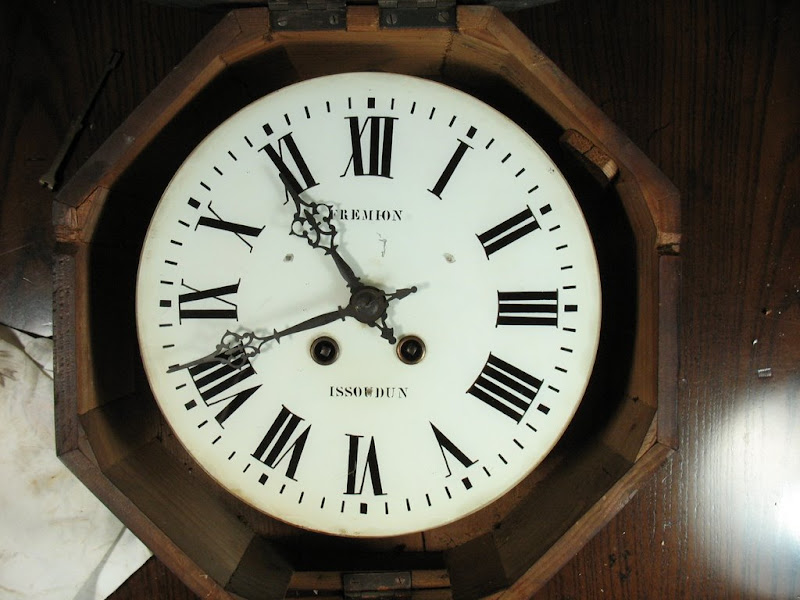Biedermeier Vienna Regulator
This is a early Biedermeier Vienna Regulator C. 1835 is a recent addition to the collection. 6 light fruit wood case. One piece white glass dial with case engine turned bezel. 8 day 1 weight movement. 38" H 11" W. The previous owner purchased the clock in Austria in the late 1940's and brought it to the western United States. The clock is in mint untouched condition, from the bone handled winding crank to the delicate hand cut pulley.

